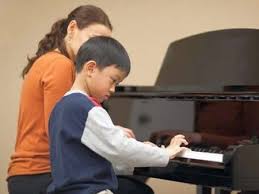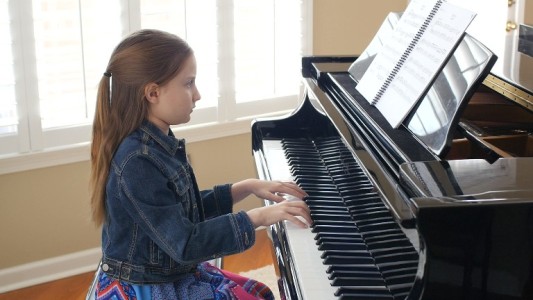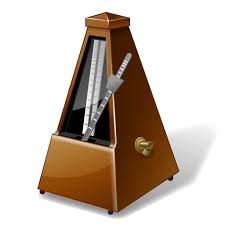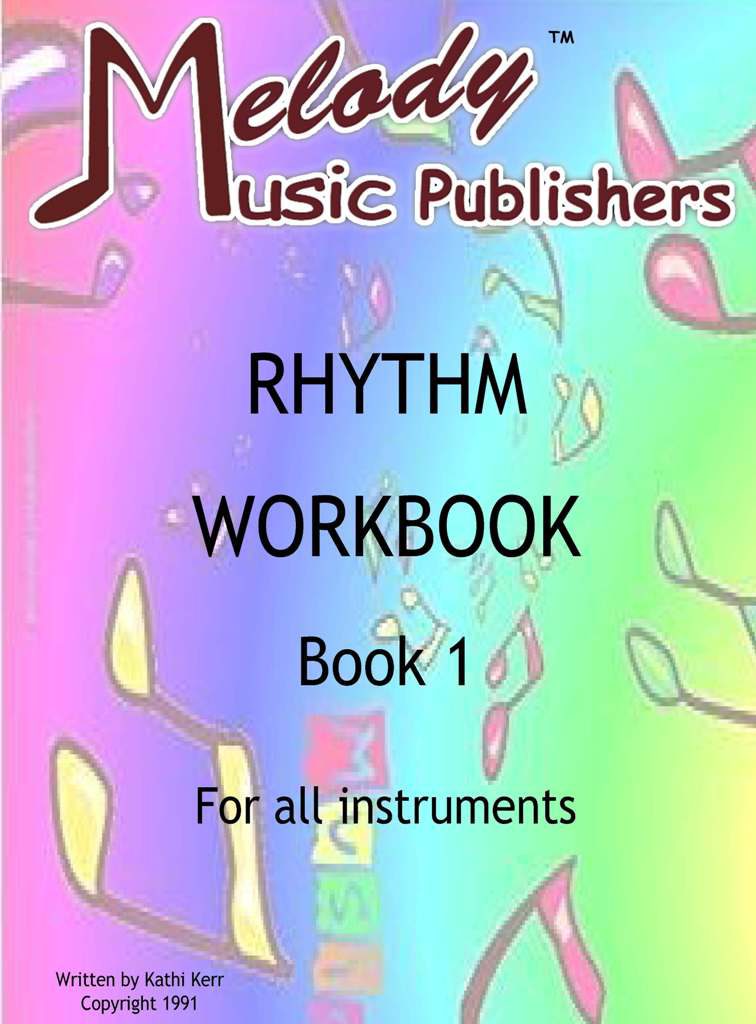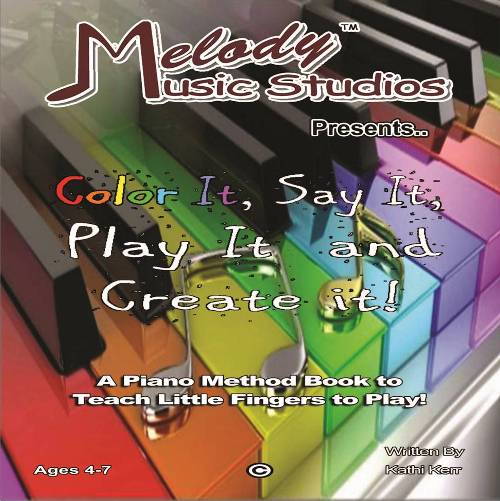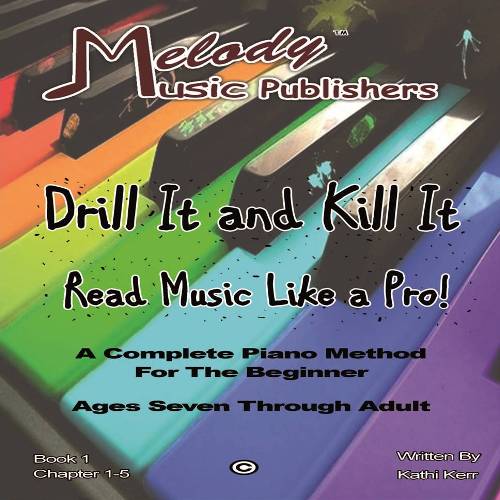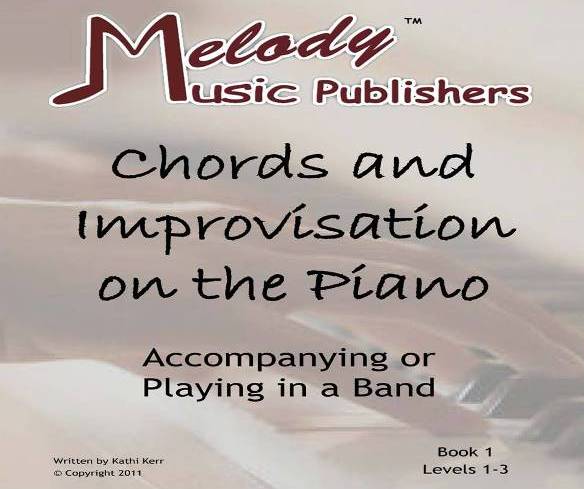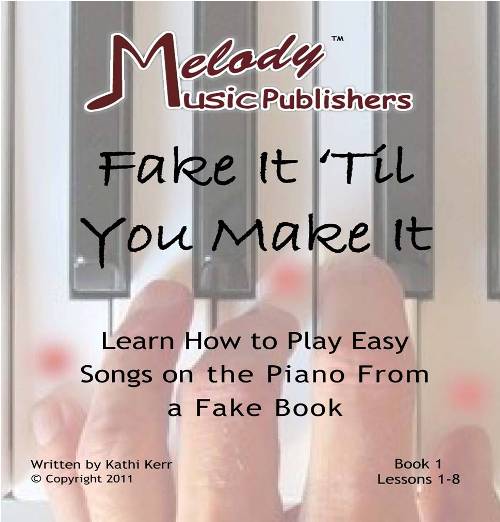How To Teach a Piano Transfer Student
Teaching a piano transfer student can be the most difficult type of student for a teacher. This is the student that has had lessons for 6 months or more, ranging from late beginning to late intermediate level. Inevitably, the student is going to compare you to their previous instructor. And since no two people teach the same, you’re going to offer a different style and approach. If the student has bad technique, or wrong or missing information, this can create even more difficulty. So what are the best ways to create a smooth transition into your teaching style?
Be Prepared
Before the first lesson, find out what books the student has been using and ask for any notes from the previous instructor. Take the time to become acquainted with the curriculum if needed, and read the notes if possible. This will also give you insight into the previous teacher’s style and approach, as well as the direction of the student’s past lessons.
Establish a Rapport
The very first lesson is the most critical. It’s important to start out by getting to know the student and letting the student get to know you. Spend a few minutes to let the student know your training background and experience. Then take a few minutes to ask the student questions about their past piano experience and what he or she is interested in learning. The student will feel more comfortable with you and will feel you’re interested in what their interested in. Then have the student play the last song they were studying or their favorite song. Ask him or her a lot of musical questions to find out what they know or don’t know. Even an intermediate student may have missing or wrong information.
Make Changes Slowly
Changing too much too soon for the piano transfer student is usually the biggest mistake made. This is especially true for an intermediate student that has been playing a year or more with wrong technique or information. Changing a bad habit is the most difficult part of learning. Most students want you to validate their ability, so begin by complimenting him or her on anything done well. Even though it may go against your grain to allow bad technique, it’s best to wait until you’ve given several lessons and established a rapport before making huge changes. If there are multiple changes needed, take one at a time so not to overwhelm the student. That being said, it’s also important to show the student you can challenge them to the next level, so give the new student a few bread crumbs of information and things to work on in the assignments.
Be Careful Commenting on the Previous Piano Teacher
Each piano transfer student will have had a positive or negative experience from the previous instructor. With either scenario, it’s important to keep your comments about him or her at a minimum, especially negative comments. First, you want keep the focus on the direction between you and the student. Second, if you tell the student he or she was taught incorrectly, it may cause frustration and a sense of wasted time and money. If the student had a good rapport with the previous instructor, it may create a division between you both. Once you’ve received the curriculum and notes from the previous instructor, keep the conversation on how you will be teaching and the direction you would like to take.
Not every student-teacher is a match
I believe being the right instructor for a transfer student is more difficult than for the beginning student. If the student is an intermediate level, he or she may have specific interests. You may not be able to take the student where their interests lie. If that is the case, be honest with the student, letting him or her know you have THEIR best interest at heart, and kindly refer them to another instructor you may know that can offer what they want to learn. Also, not every personality types are a match. If this should happen, don’t beat yourself up over it. There are plenty of other students your teaching style and personality will be a great fit for.
It Gets Easier
While you may feel like you’ll be the “new” instructor forever, before long, you’ll be their new favorite! Just like any relationship, it takes time to establish. Be patient and soon you’ll be the instructor they compare others to!

Kathi Kerr founded Melody Music Studios in 1989, a nationwide music instruction studio. She also founded Melody Music Publishers in 2017, an independent piano method books written how students think and learn.
How To Teach a Piano Transfer Student Read More »





